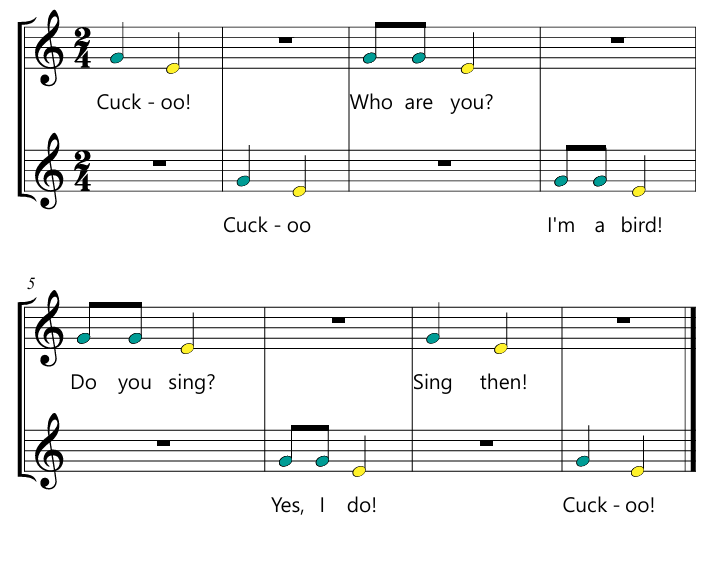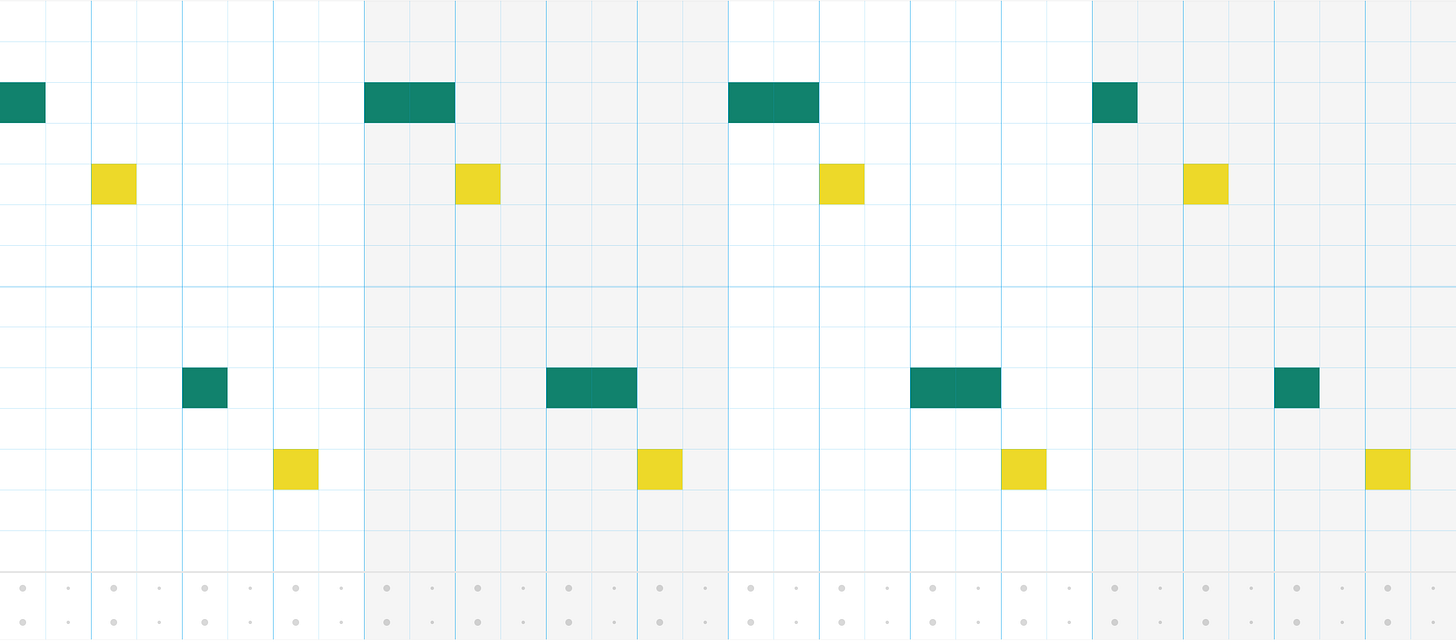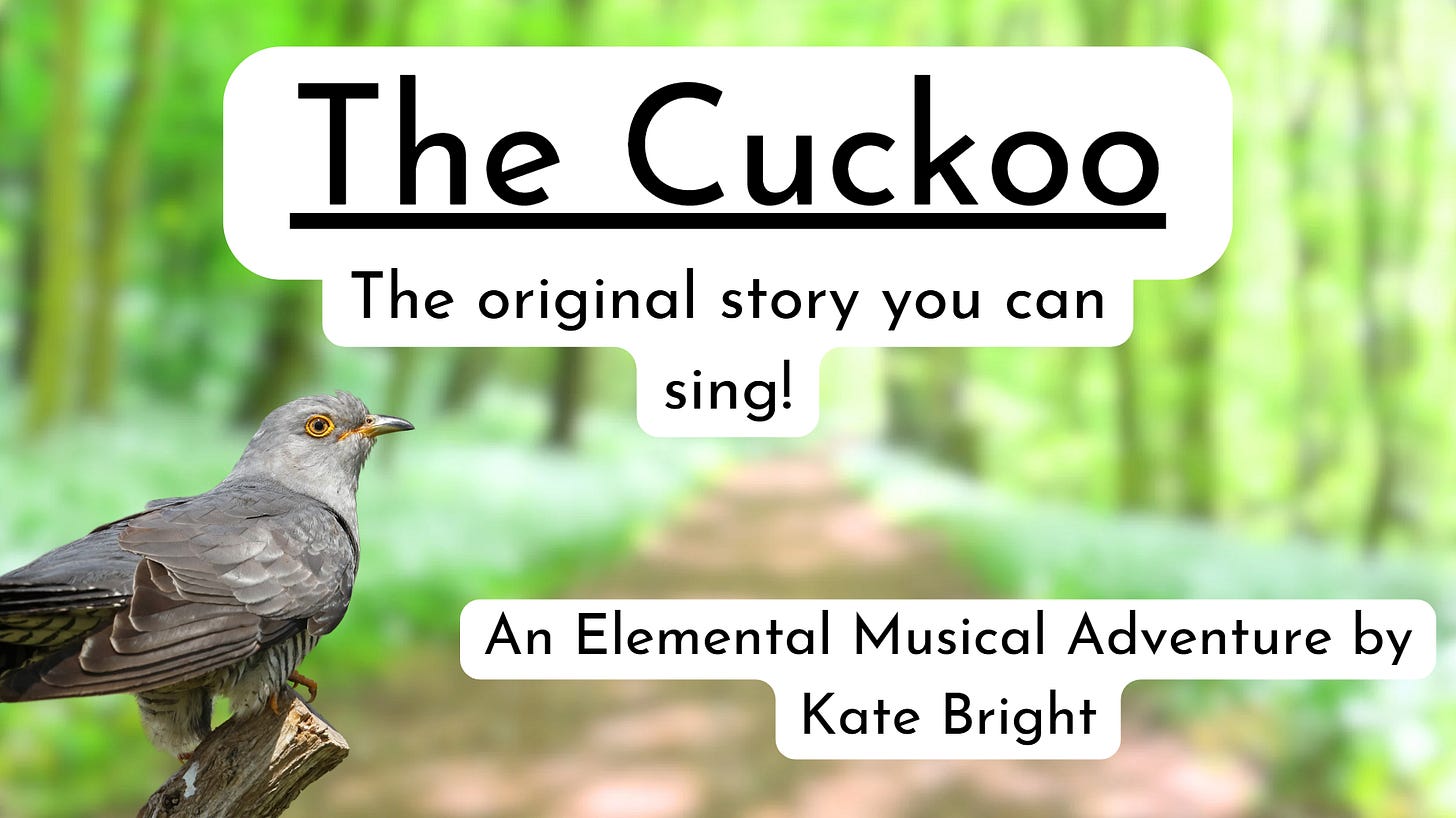
Last year, I had my first student teacher - (hi, Emily!) - and I had to change my role from a teacher to a co-teacher and finally to an observer. Just observing, however, made everybody else in the room uncomfortable, including me. The best gift I could give my student teacher was a class all to herself, so I starting illustrating some folk songs.
Thus, The Cuckoo was born. It was my first experiment with Canva’s background removal and photo editing - I had to remove the backgrounds of the animals the cuckoo was visiting while also blurring the chosen background. I chose the favorite animals of the students in the room that day and off I went!
Above is the notation of the song I used. I adapted this from an outdated music curriculum and, while I did numerous Googles, I could not find an English folk song source. It’s possible that, because it shows up in Orff-Schulwerk Volume 1, it really is a German folk song. If anyone out there knows more than this, please get in touch!
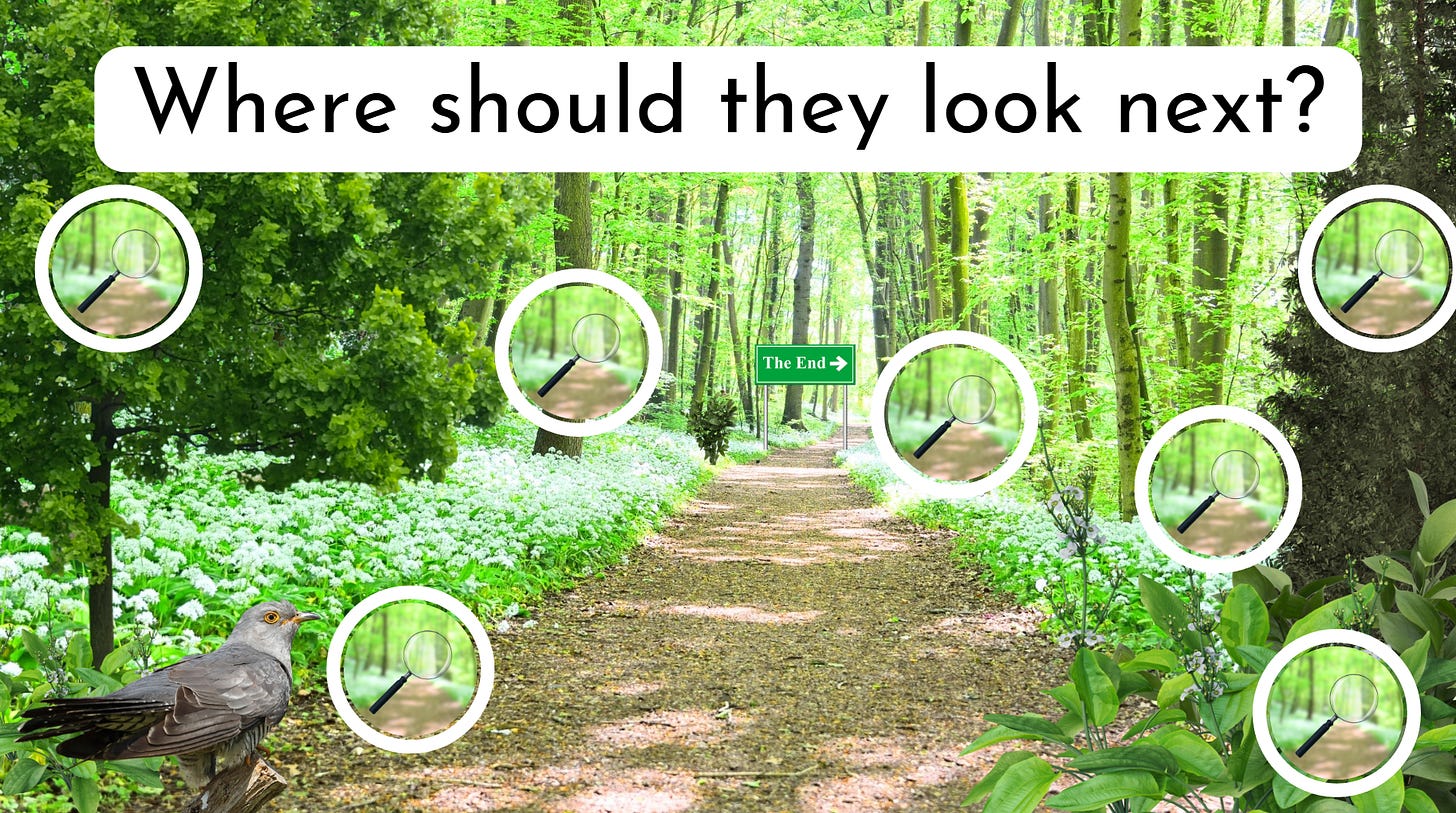
The next generation of the sassy Cuckoo and their adventure of friendship has them visiting a forest looking for friends. This was the first time I’d used the hyperlink/return arrow in a Canva to create a “Choose Your Own Adventure” feeling. I also embedded real animal sounds using YouTube videos.
Of course, animals are something that almost every grade studies at one point or another, so in the next adventure, the Cuckoo flies to Africa for a Savanna Safari!
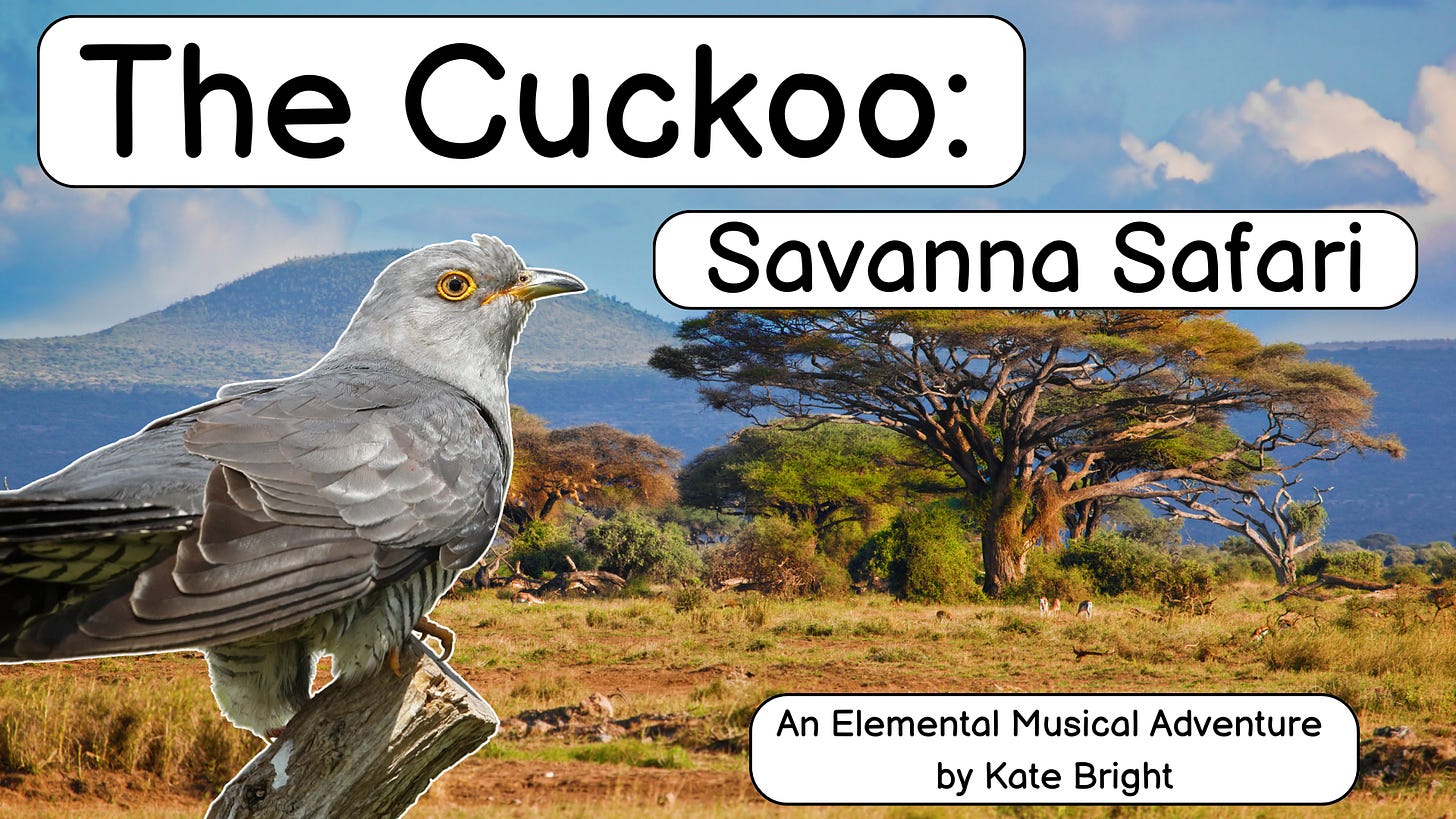
This one has creatures from the African savanna biome. This time, I included videos of their sound right in the Canva, which took some doing. I don’t like the YouTube integration of Canva - the occasional ad or suggested videos can sometimes be a distraction. I used as much Canva-based videos as I could. Where I couldn’t, I did the best I could and provided links to the original sources.
How Do I Use This?
This song has been a staple for me for many years. It is perfect for getting your primary students to match pitch, improvise, and be introduced to notation. I didn’t include my fancy literacy graphics for this song - yet - mostly because when I first have my students learn so-mi, we use actual, physical items to notate the pitches. Here’s a sample progression:
Day 1
Click through the first adventure slowly transitioning from teacher singing everything to students singing everything.
Day 2
Use the forest adventure to examine how different forest animals in the US (ironically, except for the Cuckoo - the common cuckoo is European) might make sounds. I make a point to critique the onomatopoeia and how it somewhat sounds like the animal, but then again it also doesn’t.
Day 3
Review the “Cuckoo” song pattern.
Use stuffies, hand puppets, toys, etc. to have students practice matching pitch.
If you have students that can’t use their voices, I highly recommend getting some dog-training buttons and recording yourself singing so on one and mi on the other.
Day 4
Review the song aurally and write it down using Google Songmaker.
Point out how the pitches relate to each other when they are written in the program. “What else could we use to notate that?”
Let the kids suggest literally anything in your room that you have two of:
Erasers
Pencils
Popsicle sticks
Other instruments
Your own shoes
Someone else’s shoes
At some point in this whacky notation exercise, I name the pitches “so” and “mi.”
The more ridiculous and playful you can make your iconic notation, the more your students are going to absorb how melodic notation works in standard notation. Challenge your students to find their own “so mi” in the wild.
The reason so many versions of this Canva exist is that it’s a great way to practice so-mi in a recorder setting as well. If you have difficulty selling a two-pitch song to older students, sometimes slick graphics can help them stay engaged. If THAT doesn’t work, having them perform for younger students will do the trick. (My classes always have younger students coming in after my recorder players, so that is doable.)
If your students think of another savanna creature that should come and play, feel free to send me a message. Have fun exploring this week!
More Versions of this Lesson
James Harding has a lesson based on this song in his amazing From Wibbleton to Wobbleton that discusses matching pitch. Dr. Elisabeth Crabtree has this in her book, The Keys of Orff-Schulwerk Rediscovered: Lullabies, Rhymes and Seasonal Songs, as well!
If you know someone who could benefit from this lesson, send it their way!
If you received this lesson in an email and you want to subscribe, click the button below!





